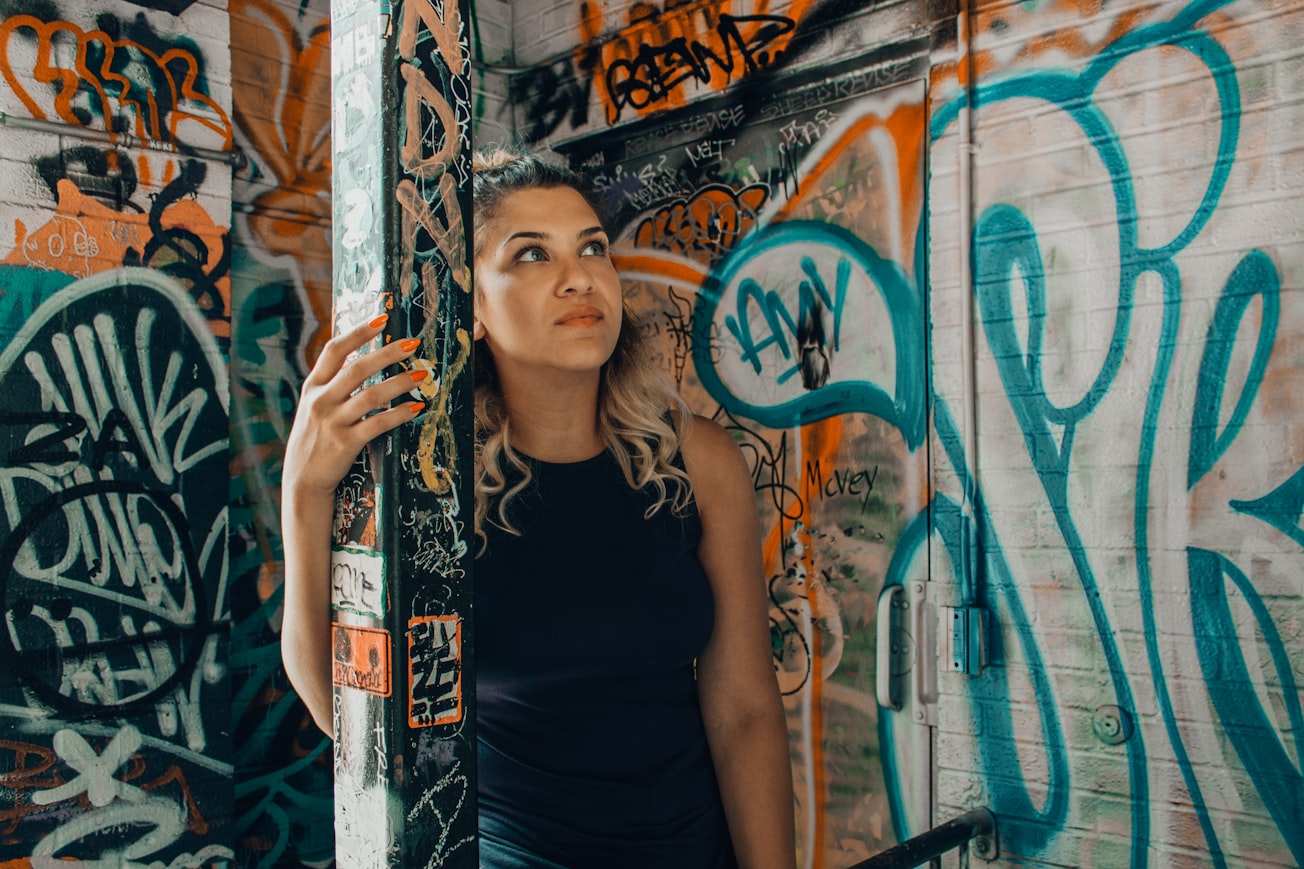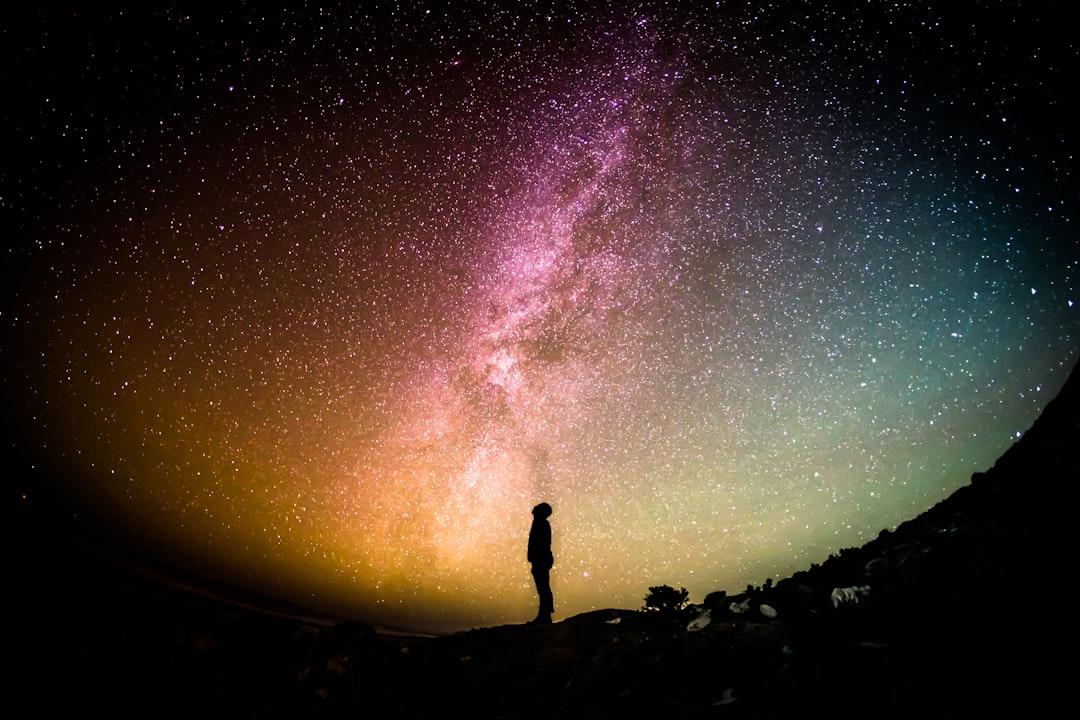What is it about?
Artists are more likely to show both psychological vulnerabilities (e.g., stress, anxiety) and resources (e.g., hope, ego resilience) than non-artists. Furthermore, overall creativity, not just in the visual arts, is related to both above average vulnerabilities and resources.
Featured Image

Photo by DESIGNECOLOGIST on Unsplash
Why is it important?
Overall, greater psychological vulnerabilities (e.g., stress or anxiety) are associated with fewer psychological resources (e.g., well-being, hope). The importance of this research is that it shows this does not apply to everyone; one in four individuals have average vulnerabilities and resources and another one in ten have moderately high vulnerabilities and moderately high resources. Future research will have to address whether creativity can help develop psychological resources that could address potential vulnerabilities.
Perspectives
This article was inspired by the description of creative individuals as “at once both naive and knowledgeable, destructive and constructive, occasionally crazier yet adamantly saner” by Frank Barron, a creativity scholar in the first golden age of creativity research during the space race of the1950s and 1960s. Reading this description some 20+ years ago made me want to become a creativity scholar. Creative individuals are fascinating in what they contribute to the world, as well as who they are in their psychological makeup.
Zorana Ivcevic
Yale University
Read the Original
This page is a summary of: Patterns of psychological vulnerabilities and resources in artists and nonartists., Psychology of Aesthetics Creativity and the Arts, February 2022, American Psychological Association (APA),
DOI: 10.1037/aca0000309.
You can read the full text:
Contributors
The following have contributed to this page










